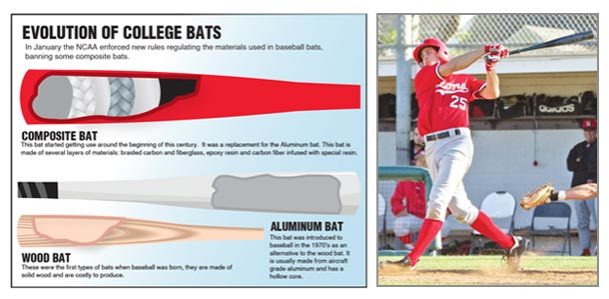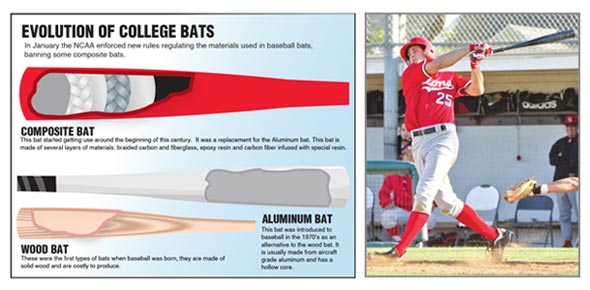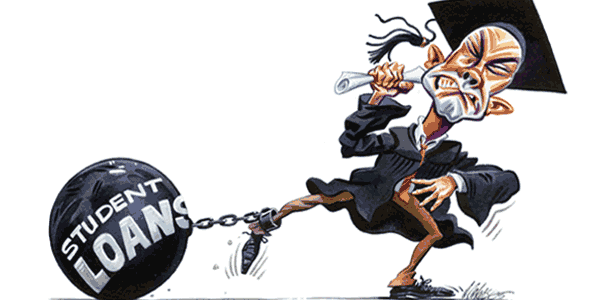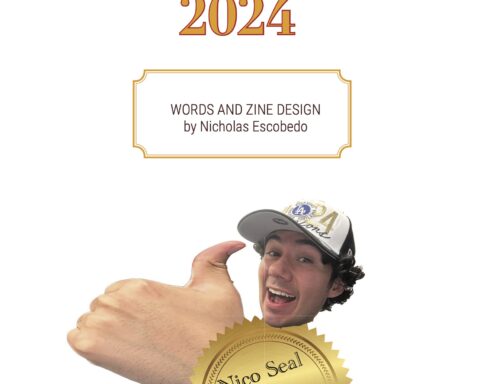Dons outfielder Gary Apelian was taking batting practice during winter when balls he knew in the past would leave the field were dying on the warning track.
It wasn’t as if Apelian, who stands 6 feet four and weighs 205 pounds, slept as a slugger and woke up as a light-hitting midldle infielder.
He’s got the same power he used to hit .324 with a team leading 45 runs batted in during his freshman year. His bat, however, doesn’t have the same pop it used to. Literally.
NCAA baseball officials, concerned by skyrocketing offensive numbers and the injury risk from exceedingly high exit speeds of batted balls, made its biggest changes to bat standards in more than a decade.
The new bats conform to standards similar to the wood bats used in professional baseball, which are built with a smaller sweet spot. The older composite bats that make the pinging sound commonly associated with collegiate ball increased the velocity of hit balls, making it travel farther.
The old NCAA standard measured bats through the ball exit speed ratio, resulting in livelier aluminum and composite bats that have increased the number of home runs in the past decade.
Coaches and players anticipate a radical change to the game, with fewer slugfests that pass the four-hour mark, an across-the-board drop in home runs and scoring and, as baseball purists love to hear, an added emphasis on pitching and defense.
“I think it’s probably closer to what baseball should be,” Georgia coach David Perno said.
But some coaches are fretting about the new regulations.
Dons Head Coach Don Sneddon anticipates that the team home run totals will decrease from an average of about 50 to 10 a season.
“They’re setting back the game 15 years,” Sneddon said.
The Dons began bracing for the bat change during the fall workouts, quickly finding out the ball simply didn’t fly off the new bats like it used to.
Apelian increased his weightlifting regimen to compensate for the lost pop that the old metal bats helped provide.
He’s not too worried, though.
“If you’re a power hitter, whether you use composite or metal should not make that much of a difference,” Apelian said.
His stats prove it. With several games left, Apelian has driven in 40 runs in 105 at bats, with a .629 slugging percentage. His home run total, four, is one less than the five he hit in 142 at bats last year.
The days when 150-pound utility infielders could smash opposite field home runs appear to be over.
“You can definitely tell a difference,” Auburn first baseman Kevin Patterson said. “With the old bats, the ball really jumps. We had the most home runs in the country last year … (but) we are a new team this year. We are going to be a hit-and-run type team and create things.”
The pitchers could not be happier.
Last year, the Dons’ 10-man staff allowed 24 home runs. This year, that number is down to eight. Santa Ana’s 2010 ace Christian Meza had a 3.30 ERA in 92 innings pitched. The starting rotation had an average ERA of about 3.50.
This year, Wilson Garrett leads the team with a 2.08 ERA, a full run lower than last year’s leader. Three pitchers have sub 3.00 earned run averages, while no one from last year’s rotation had an ERA lower than 3.06.
While the changes seem radical, it’s not the first time college baseball has tinkered with the bats. Aluminum bats were introduced to the college game in 1974 but weren’t adjusted until a lower limit on the weight was instituted in 1986.
NEW RULES:
Pitchers benefit from new bat standards that limit home runs.
- Last year’s pitchers allowed 24 home runs. That total is down to eight this year.
- Dons pitchers allowed 164 runs last year, compared to just 102 this year.
- The Dons have so far hit nine home runs this year, compared to 50 last year.
EVOLUTION OF COLLEGE BATS – In January, the NCAA enforced new rules banning materials that give bats the so-called “trampoline effect,” which propels balls harder and faster
COMPOSITE BAT – This bat came into use around the beginning of this century, a replacement for the aluminum bat. This bat is made of several layers of materials: braided carbon and fiberglass, epoxy resin and carbon fiber infused with special resin.
ALUMINUM BAT – This bat was introduced to baseball in the ’70s as an alternative to the wood bat. It is usually made from aircraft grade aluminum and has a hollow core.
WOOD BAT – These were the first types of bats when baseball was born, they are made of solid wood and are costly to produced.
– MCT CAMPUS contributed to this story
- The two-party system is failing us. - October 19, 2024
- Read our Fall 2023 Print: Vol. 100 No. 1 - October 23, 2023
- Santa Ana College Awarded State Department of Finance Grant - April 2, 2015











